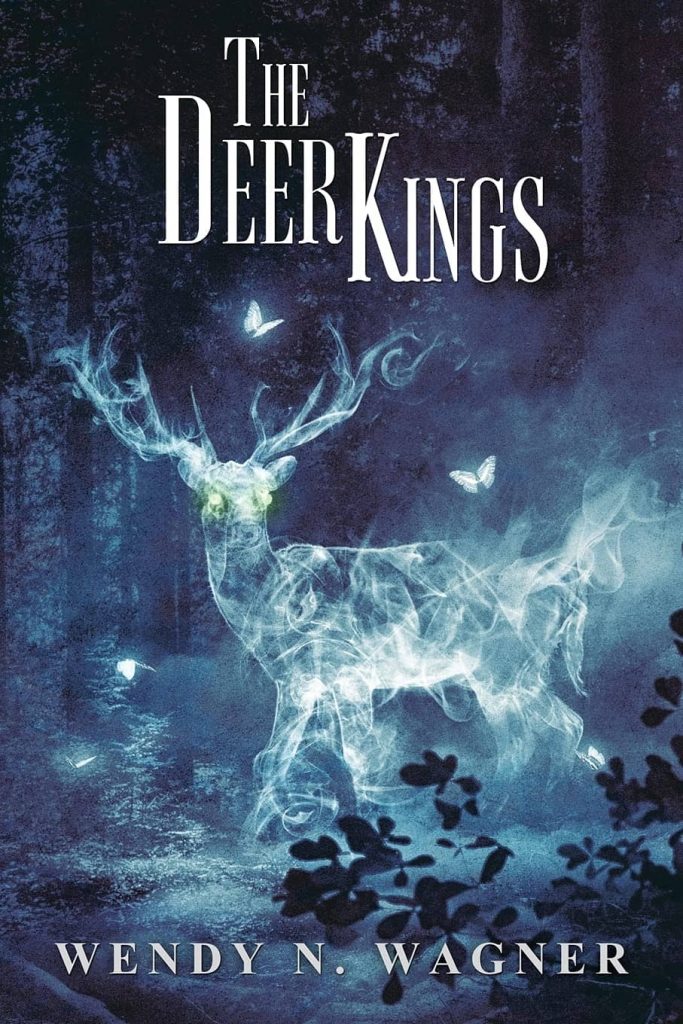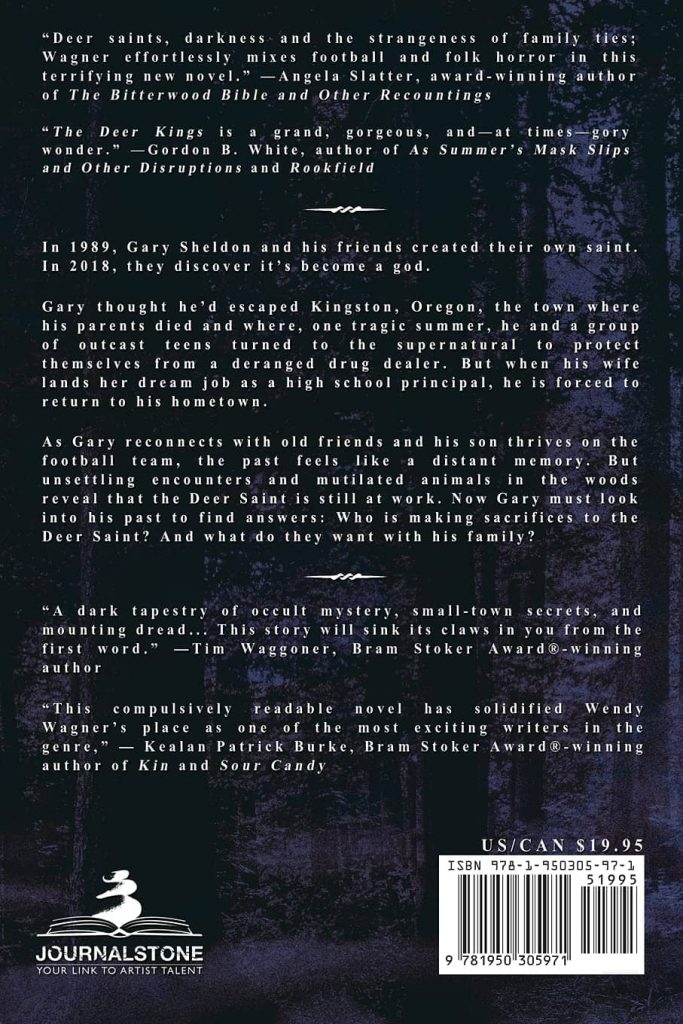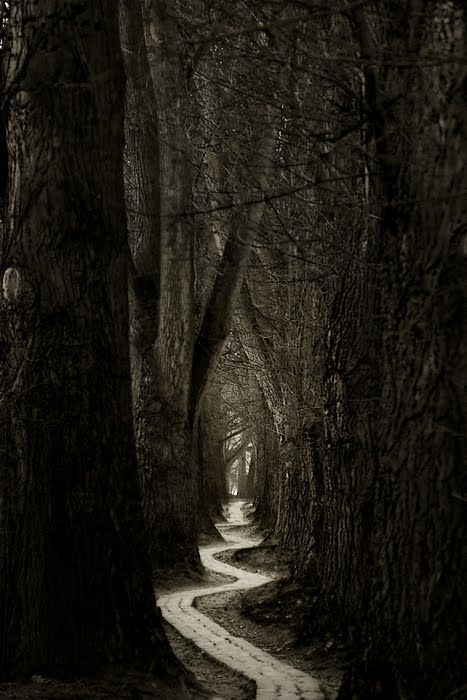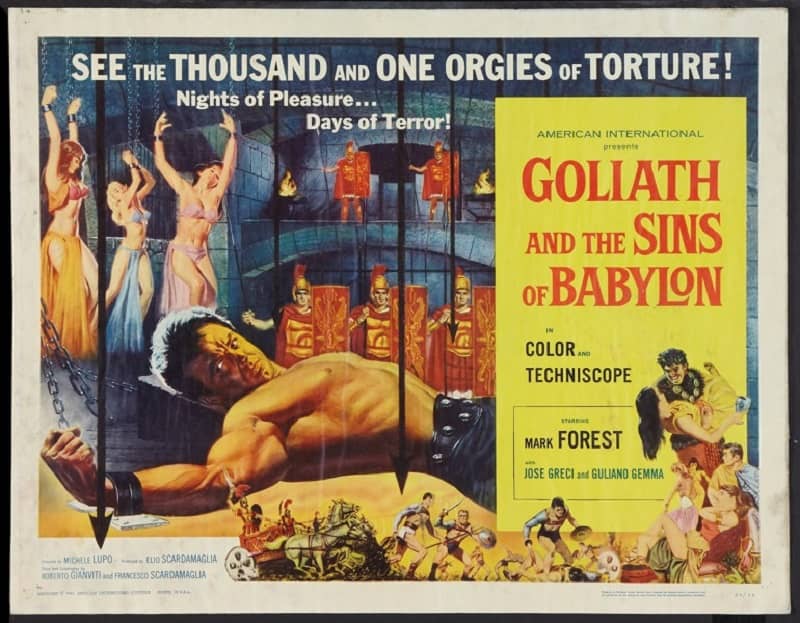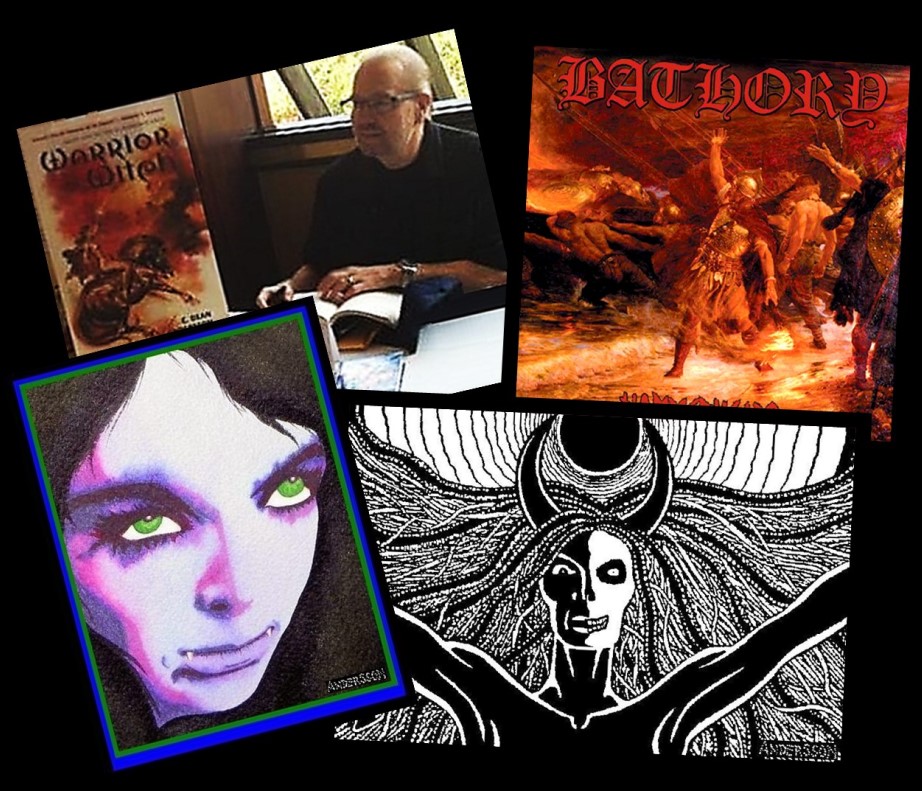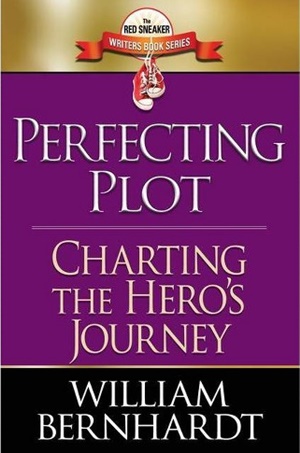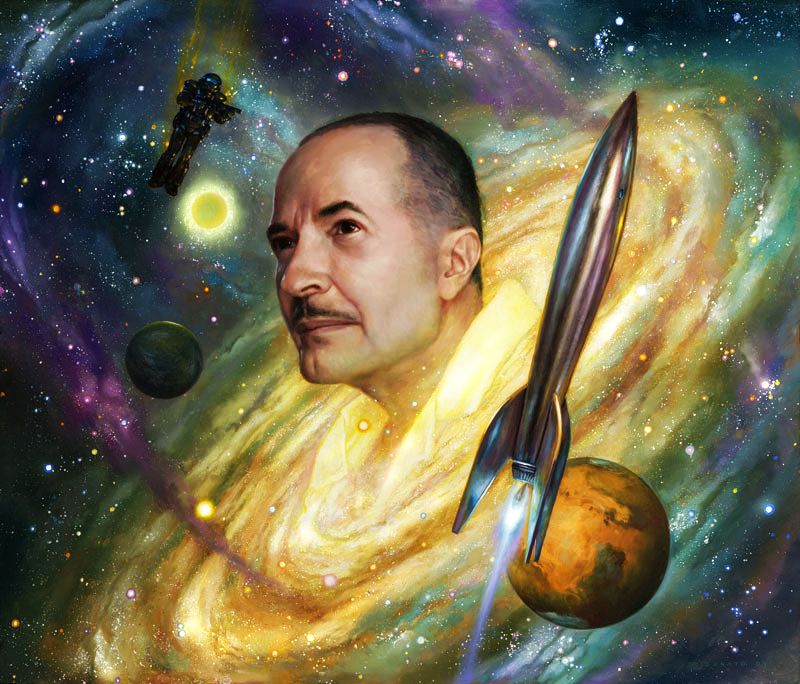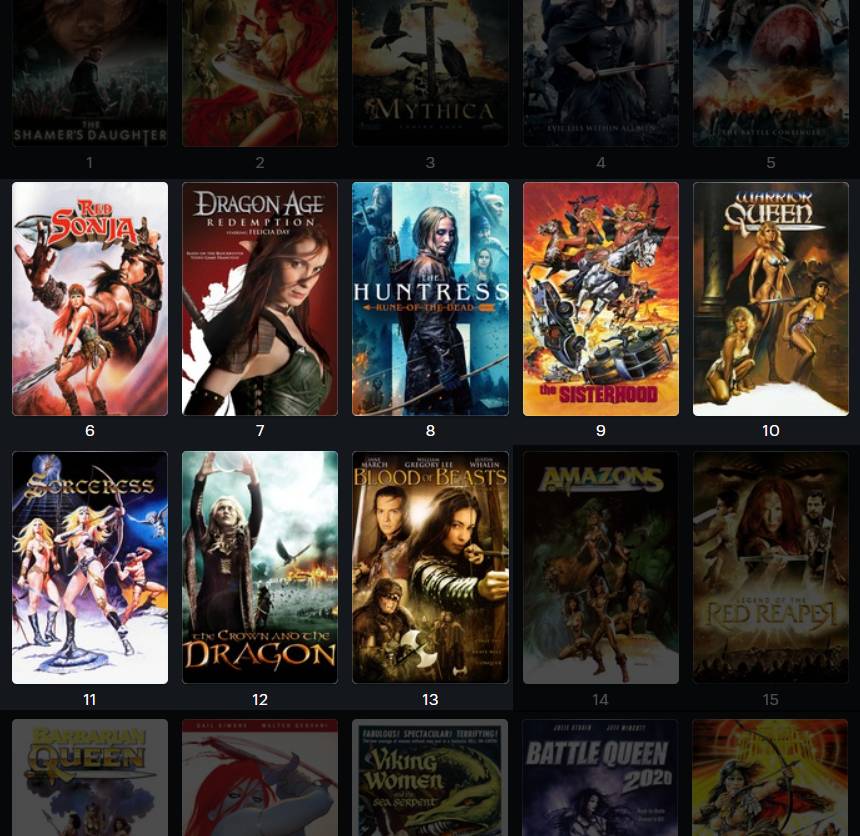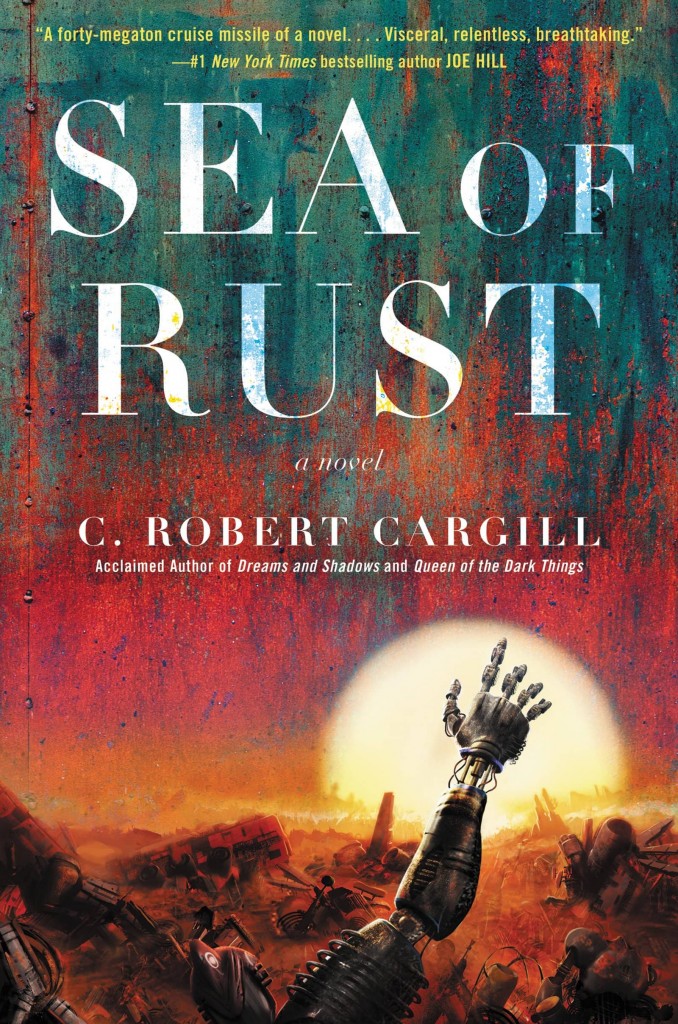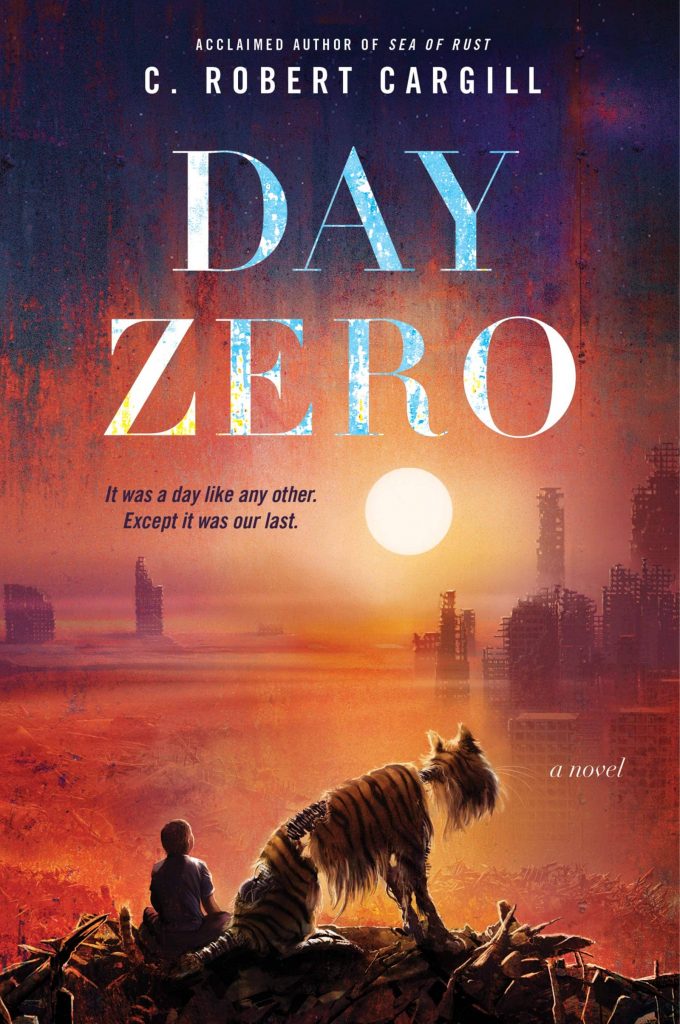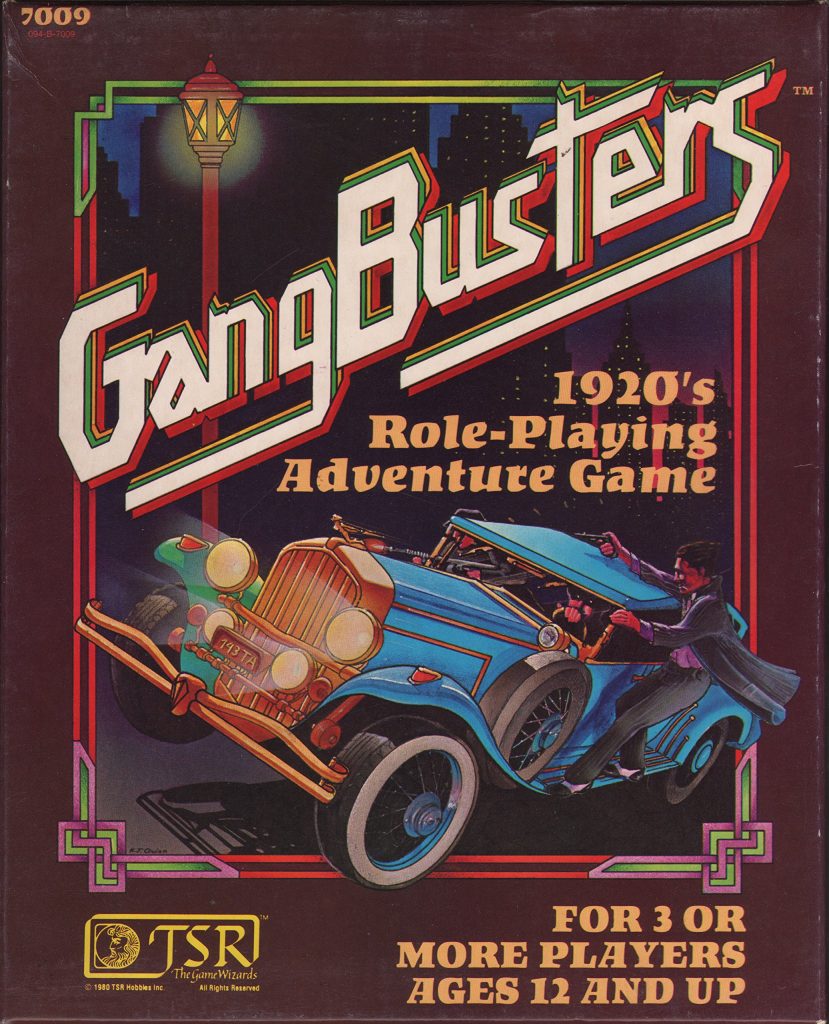Goth Chick News: The Deer Kings by Wendy N. Wagner
Kids and the supernatural have always had a connection. Maybe it has something to do with the innocence of youth making them more accepting and open minded. I clearly remember my friend Noona as the little girl who lived behind the headboard of my bed in the small apartment we called home until I was six. The apartment was the second floor of an old house that my Mom and Dad rented when they were first married. Mom was 22 when I was born and tells me I used to scare the crap out of her. She says she’d come in my room to check on me during the night, and find me sitting up wide awake, making happy baby noises to the wall at the backside of the crib.
When I could talk, these nighttime adventures turned into me whispering with Noona. When I was nearly 7, we moved into our newly constructed home a few blocks away and Noona stayed behind. Either I grew out of her, or she couldn’t leave that old house, or…
